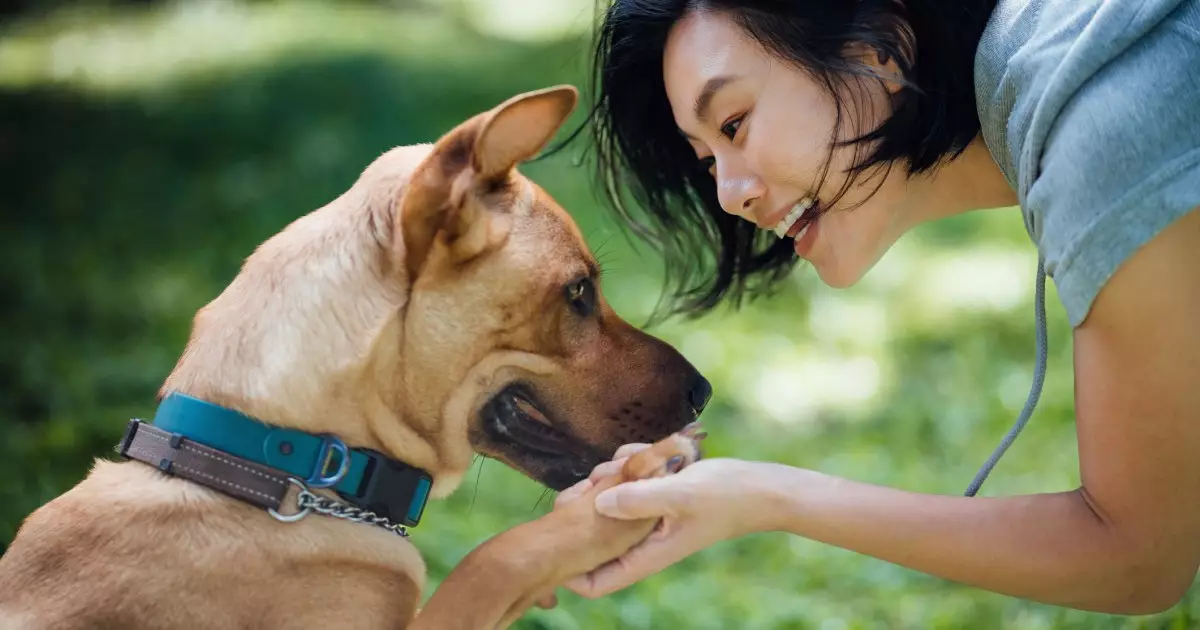When it comes to training dogs, the key to success lies not just in teaching commands, but in fostering an enjoyable atmosphere for both the trainer and the pet. Dog training should be viewed as a harmonious blend of instruction and playtime. If you notice that your furry friend seems disinterested or unhappy during training sessions, it may be time to reassess your approach. The essence of training should resonate with excitement, as this helps build a stronger bond between you and your dog. Engaging in training should invigorate the spirit, transforming what might feel like a chore into a joyous occasion.
One of the most effective ways to enhance your dog’s learning experience is to rethink the rewards you offer during training sessions. Often, the incentives may lack appeal. Instead of relying on standard dry treats, consider introducing higher-value rewards such as moist or flavorful options. Utilizing enticing treats can captivate your dog’s attention, prompting them to focus on you instead of wandering off to engage with their surroundings. Think outside the box: use pieces of chicken, cheese, or specially designed training treats that are irresistible to your dog. Not only do they provide motivation for learning, but they also reinforce preferred behaviors.
Another critical aspect to consider is your dog’s emotional state during training. Dogs are incredibly perceptive and can pick up on the emotions of their human companions. If you approach a training session feeling frustrated, anxious, or stressed, your dog may mirror that energy, leading to a lack of enthusiasm and engagement. A stressed dog might exhibit avoidance behaviors such as wandering off or engaging in play to escape what they perceive as an unpleasant experience. Therefore, if you find yourself feeling less than optimal, it’s wise to postpone training until both you and your dog are in a better frame of mind.
Environment can greatly influence how your dog reacts during training. If you are attempting to conduct training outdoors, remember that distractions abound—the lure of other animals, the scent of flowers, or noises from the surroundings could easily pull your dog’s focus away. To counter this, start training in a quieter indoor space where distractions are minimal. If your dog continues to lose interest, using a leash can help keep them close while you introduce commands. The idea is to maintain their engagement without causing frustration.
Ultimately, the goal of dog training is to cultivate a positive and rewarding experience for both you and your dog. By focusing on enjoyable interaction, utilizing appealing rewards, and ensuring a distraction-free environment, you can significantly enhance your training sessions. With every tail wag and eager response to your commands, you’ll see not just a well-trained pet, but a more enriching relationship built on trust and joy. So, grab those enticing treats and favorite toys—it’s time to turn training into a delightful adventure!

